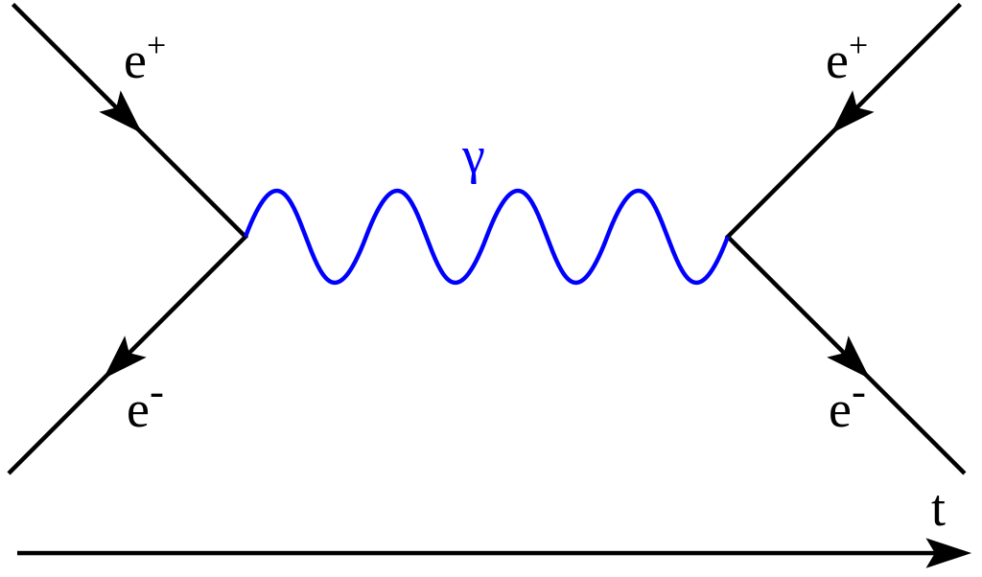Does antimatter ‘fall’ the same as matter? – QFT and CPT symmetry
[“Quantum foundations” series – QFT charge inversion] As discussed elsewhere (e.g., in “QFT – How many fields are there?” and comments), in the Standard Model, “there is one field for each kind of particle.” So, consider the positron – the “negative-energy solution” of the Dirac equation. It’s likely that electrons and positrons (anti-electrons) are localized… Continue reading Does antimatter ‘fall’ the same as matter? – QFT and CPT symmetry

